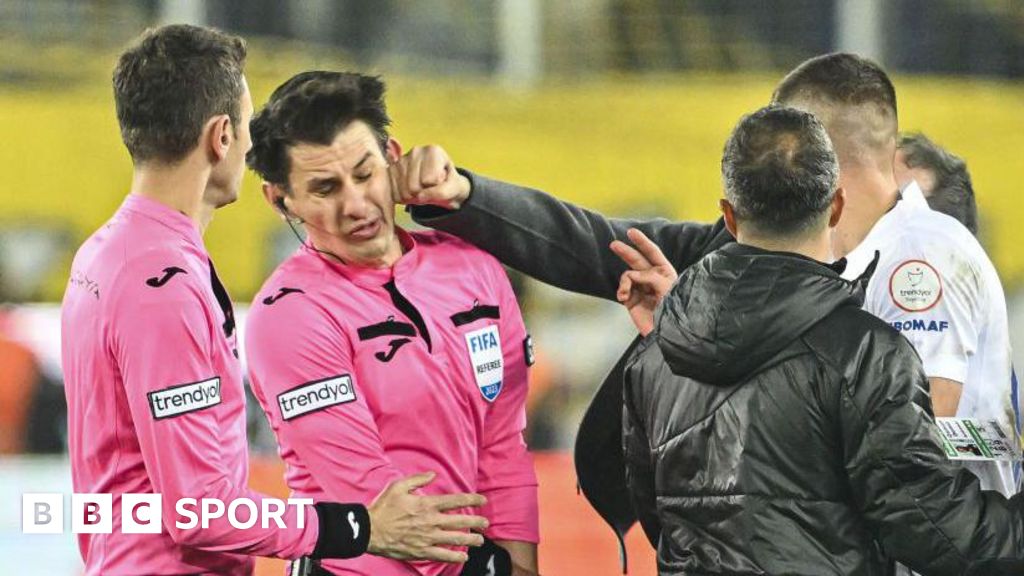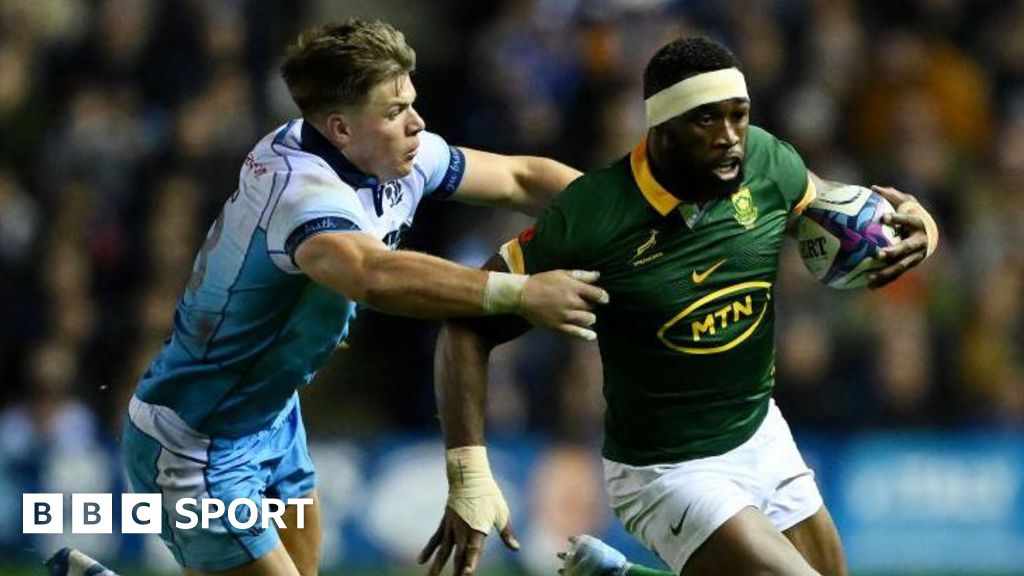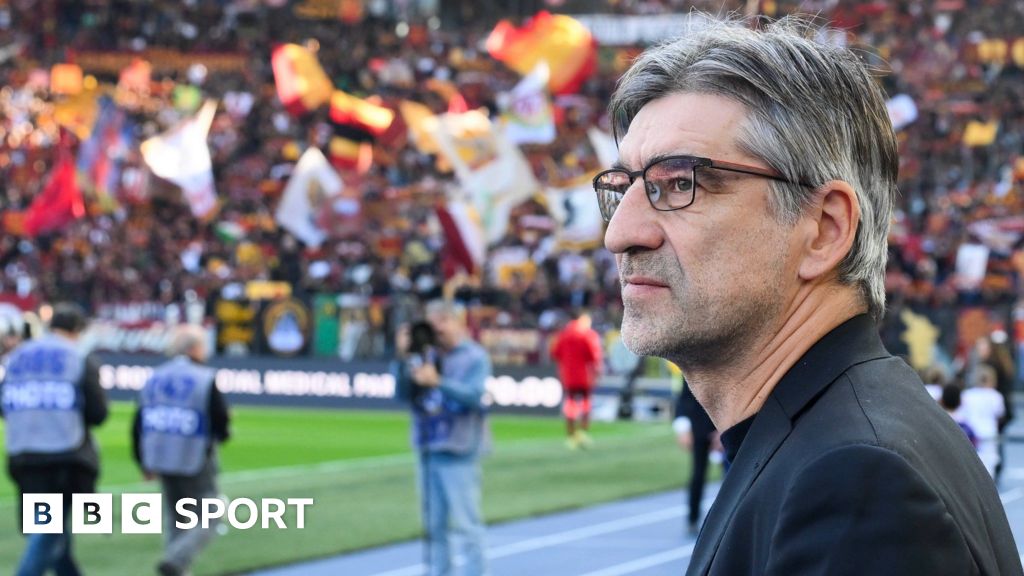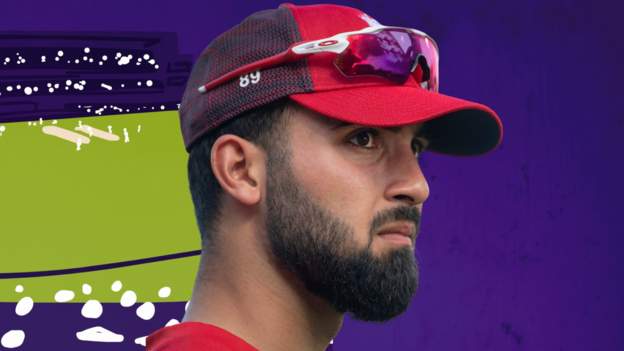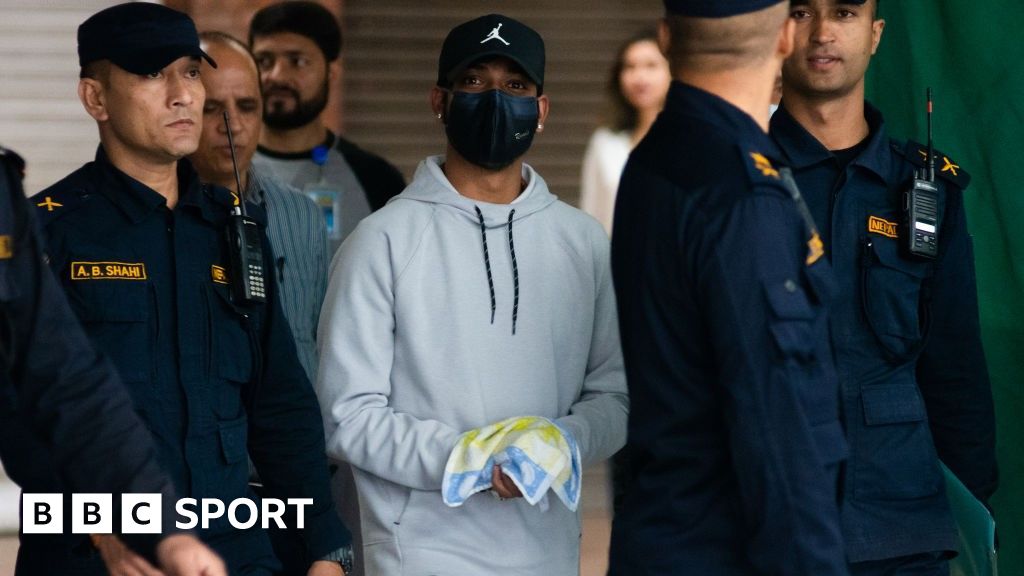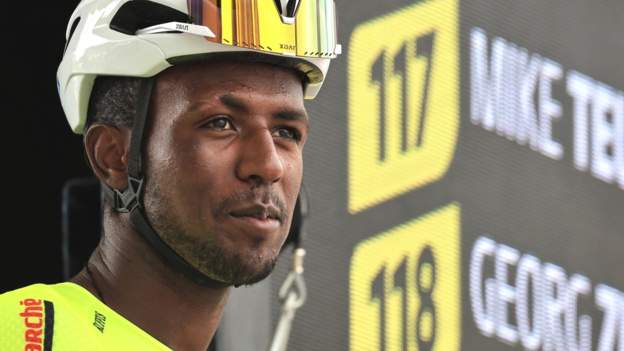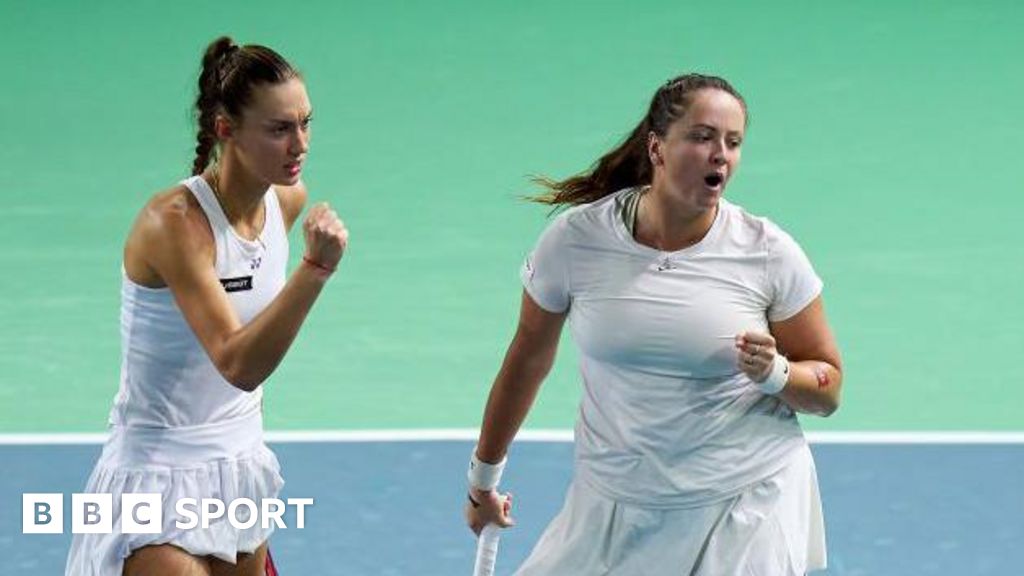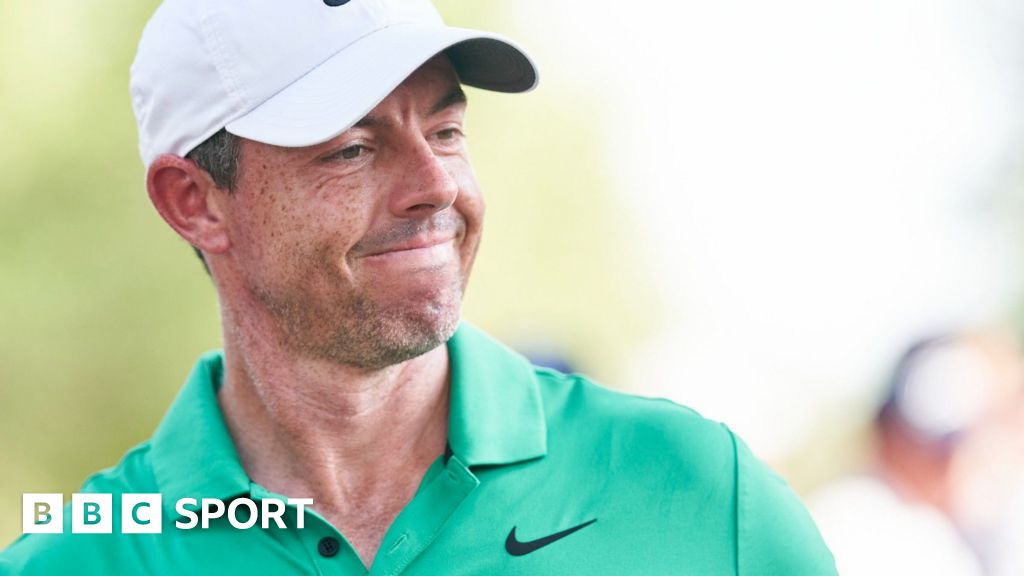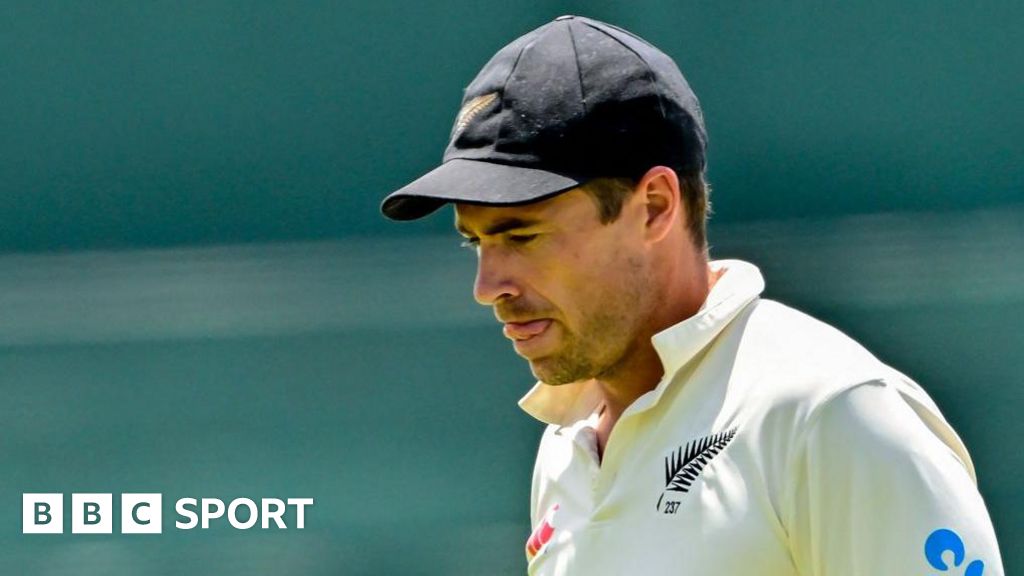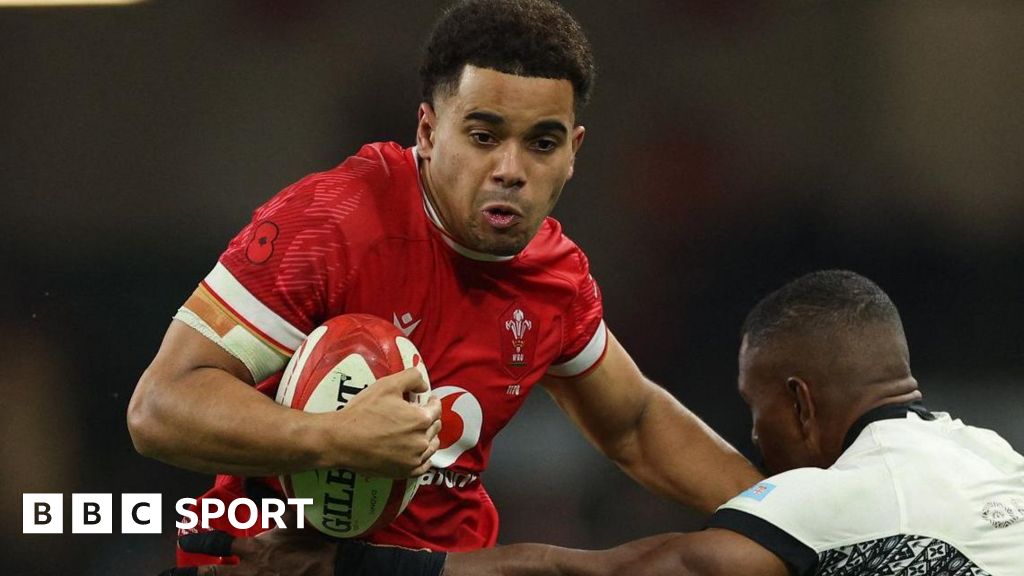Saqib Mahmood squirms slightly in his seat as an awkward, embarrassed smile sweeps across his face.
“It is so cringe saying this but I just get on YouTube and watch myself,” he says.
The England and Lancashire fast bowler, who admits he rarely watches cricket when not playing, has not taken to the field for five months because of a stress fracture in his back.
“I miss bowling,” he says. “The closest you get to it is just watching yourself.
“It happens randomly, sometimes spurred by a song I am listening to, but I visualise myself running in and taking a wicket – just that feeling.”
Mahmood’s injury, which ruled him for the season, was diagnosed in May. In June, BBC Sport charted Mahmood’s emotional early weeks – weeks that left him in tears.
Three months on he is progressing along a long, often lonely and frustrating, road of rehabilitation and now eyeing his return.
‘My legs and arms didn’t work at the same time’
It’s 30 August at a sunny Old Trafford.
The ground is empty, other than workers on the hotel building site and a handful of broadcast engineers preparing for a Hundred match the next day.
But for Mahmood this is a big moment. It’s the day, four months on from his injury diagnosis, the 25-year-old is allowed to run again.
“The first rep in particular, it is hard to describe, my legs and arms didn’t work at the same time,” he says.
“It felt like nothing was in sync.”
For fast bowlers, the recovery from stress fractures of the back is notoriously slow and often boring. Throughout the first 12 weeks Mahmood could not do any exercise as the bone was given time to heal.
Then, having taken a call from the Lancashire physio while working on an England one-day international in Chester-le-Street for the BBC, Mahmood was given the all-clear to begin his rehab.
Day one was a 20-minute walk, day two 30 minutes on an exercise bike, while gym sessions feature standard press-ups, squats and lunges.
At the start it is worth it. Mahmood now has a strict schedule to follow five days a week when previously he had little to wake up for.
“I can’t tell you how good a feeling it is,” Mahmood says, shortly after his first session back in the gym in July.
“I get up every morning and I have something to look forward to.
“Even if it is two hours in the morning and I am done for the day, that little bit gives you some sort of satisfaction that you have done something for the day.
“My sleeping habits have been terrible during my injury, my pattern is becoming better, my nutrition is better because I need to work again – in general everything has got better.”
But the length of a stress fracture comeback allows time for highs and lows. By late August, at the end of the initial five-week rehab programme, Mahmood admits to becoming “very, very frustrated”.
“The first week or two you crack on a little bit but then you’re doing the same thing over and over again,” he says.
“I was literally doing every session on my own for five weeks. It was hard work.”
A morale-boosting text from Stokes
The loneliness has been one of the parts of the journey Mahmood has struggled with most. Day after day he would return to Old Trafford, or a local, public gym, on his own.
In August came a timely boost – a message from the England camp saying captain Ben Stokes and new coach Brendon McCullum wanted him to join up with the squad during the Manchester Test against South Africa.
“I just gave Stokesy a text and said, ‘Hi mate I have been told you want me around for the Test match?” Mahmood says, before reaching for his phone.
“He just put, ‘Absolutely, mate. Love to have you around the group, bro’.”
Mahmood adds: “The dressing room environment is something I haven’t been in for months.
“Even after a day’s play when everyone is just chatting, it was actually very worthwhile for me to do that because it still makes me feel involved in the group.
“When you are injured it is so easy to think everyone has forgotten about you.”
Mahmood’s injury came two months after his long-awaited Test debut in March, against West Indies in the Caribbean.
That was under England’s old regime but his three days last month were Mahmood’s first experience of the new Test team under Stokes and McCullum, who have led the ‘Bazball’ revolution.
“You see how the game was played, how everyone went about it, it made me want to get back fit and get in this team,” he says.
“That was my mindset.
“Those two days added to my drive to get back into this team and playing at that level.”
An England return remains a way off but Mahmood will return to bowling this week in the next major step forward, after his latest scan revealed the fracture is fully healed.
He hopes to be bowling at full capacity again in November and has not ruled out being fit enough to be available for selection for England’s Test tour to Pakistan in December.
But still the process will be gradual. Bowling at full speed off a full run-up is still weeks away.
In the meantime there will be a ramped-up programme of running and gym exercises – he has a colour-coded document of goblet squats, kneeling Supermans and mountain climbers – that will help Mahmood become stronger than he was before. He has been planning improvements to his action too.
Still, though, the longing to be bowling again stays strong. The visualisation of himself bowling is used as a way to forget the pain of April, before his stress fracture had been diagnosed.
“I do this because sometimes when I think about bowling I think about pain,” Mahmood says. “When running in and landing all I can think about is pain from when I was bowling with a stress fracture.
“I am thinking about getting wickets in the Ashes next year,” he adds. “That is something I am desperate to be a part of.”
There’s still a way to go but the end is in sight.





